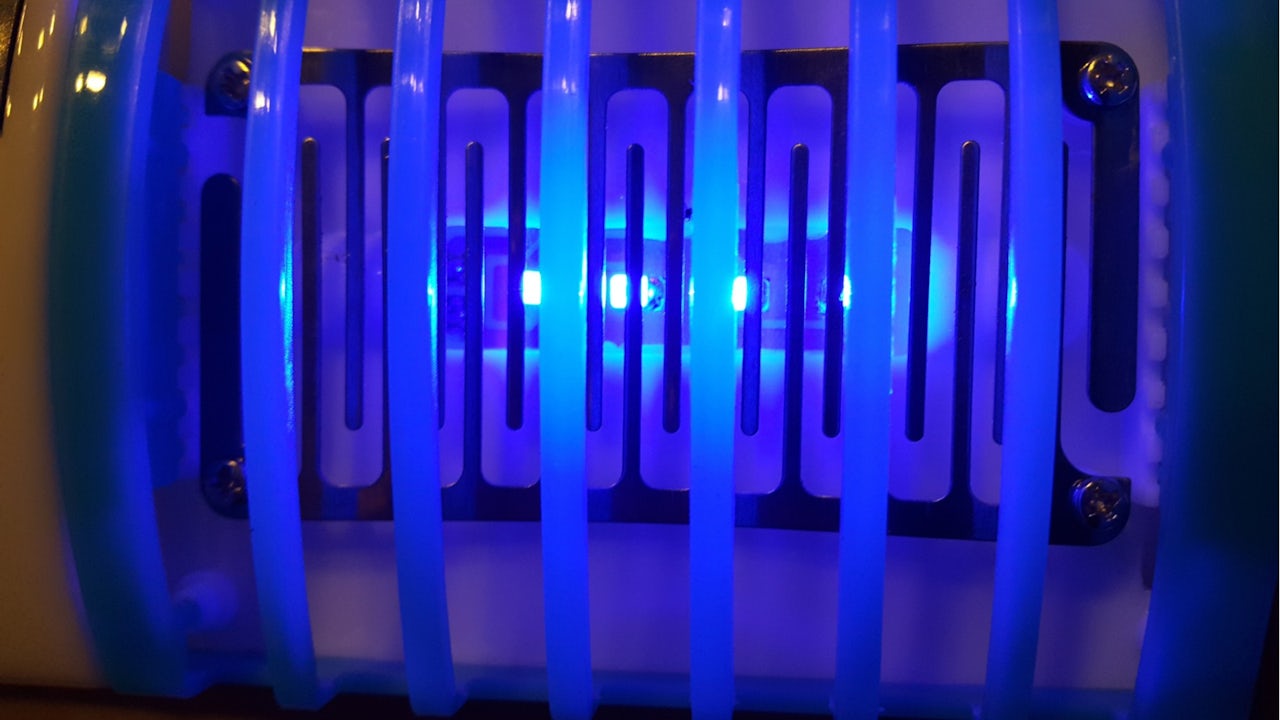Roughly one out of every ten American deaths last week was caused by the flu, according to data from Bloomberg and the U.S. Centers for Disease Control and Prevention. That’s well over the CDC-defined threshold for an epidemic, and is almost as high as the percentage of deaths reported during the peak 2009 swine flu epidemic.
These numbers rival the mortality levels usually seen when a totally new virus emerges. Meaning, it looks like a lot of people aren’t properly vaccinated.
Obviously, getting the flu vaccine is the easiest and most effective way to prevent the flu. However, a recent study published in Scientific Reports suggests that there may be a secondary form of defense available. Researchers from the Columbia University Medical Center’s Center for Radiological Research have recently developed an ultraviolet light which can allegedly kill the influenza virus without harming human skin or eyes.
As scientifically mundane as this may seem, it’s actually a rather big deal. We’ve had the technology to kill airborne pathogens (a.k.a. diseases) using various types of UV light for a while now, but it’s rarely been used in any widespread or public manner as it’s a huge health hazard for pretty much all living creatures (including ourselves). Prolonged exposure to these types of lights can cause all sorts of health problems in humans, from cataracts to skin cancer, so they’re almost exclusively used in spaces where humans aren’t present. This works fine when sterilizing empty hospital rooms or medical equipment, but poses a problem when faced with public places that can’t be quarantined — think airplanes, waiting rooms, or any other place you’re likely to find bunch of (probably flu-ridden) people packed together. Researchers from Columbia University Medical Center developed a new kind of light (called far-UVC) in order to work around this issue. Far-UVC light has significantly shorter wavelengths than its more commonly used cousin, which (according to the Columbia team) means it can penetrate and destroy microscopic entities like bacteria and viruses while leaving human skin and eyes unharmed.
Currently far-UVC lamps cost less than $1000, but it seems reasonable to expect that this price would drop considerably if they became popular, as the technology itself is relatively inexpensive.
This has potentially huge impacts for the scientific community at large. “We think that this type of overhead light could be efficacious for basically any public setting,” study leader David Brenner said in a press release. “Think about doctor’s waiting rooms, schools, airports and airplanes—any place where there’s a likelihood for airborne viruses.”
What’s more, unlike the flu vaccine, public installations of far-UVC lamps wouldn’t allow individuals to opt out of the disease prevention process according to their personal beliefs. "And unlike flu vaccines, far-UVC is likely to be effective against all airborne microbes,” said Brenner, “even newly emerging strains.”
